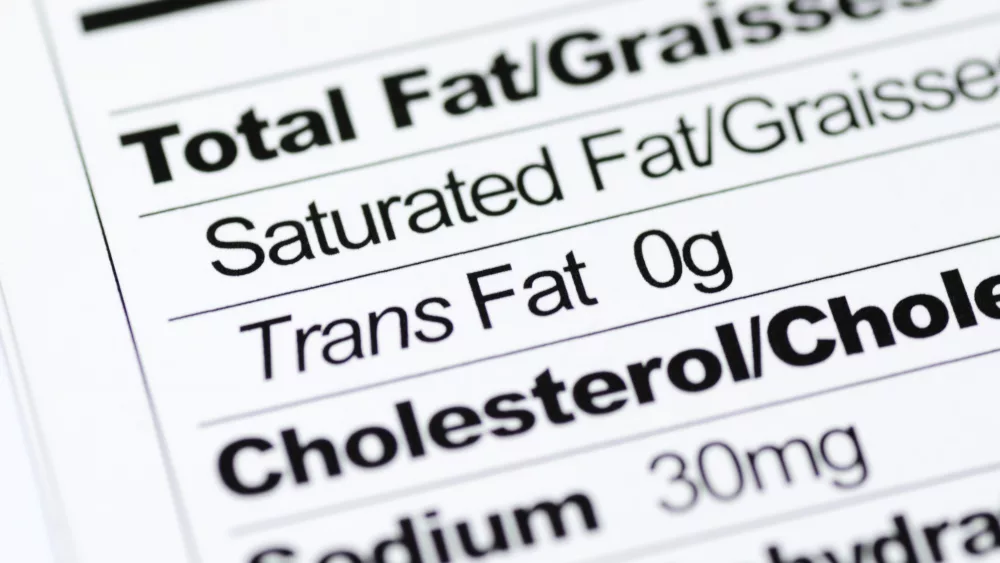Wine is a pawn for world leaders when it comes to trade negotiations. In the last few months, China has ratcheted up its taxes on wines imported by the United States to 95 percent, while the Trump administration recently imposed 25 percent tariffs on French, German, Spanish and U.K. wines.
How to make sense of nonsense
Over the last decade, American-made wine dropped from having about 10 percent market share in China to now having less than 2 percent. China’s push to hinder American wine imports speaks to a broader strategy. Through a series of initiatives and focused investments, China largely transformed a country where only a few years ago wine wasn’t readily consumed into one now with more than 40 million new wine drinkers. At the same time, China has turbo-charged its vineyard-development efforts so that now it has more acres planted in winegrapes than any other country besides Spain. Wine production isn’t far behind, with China presently the seventh-largest producer of wine on earth.
Much of the China-wine growth was informed by a cadre of French and Australian wine advisers. Their governments worked for years to foster close wine ties with the Chinese, and they’re now finding their efforts repaid with free-trade agreements and long-term contracts for oenology advice. Of course, as we’ve recently seen with the NBA and Nike caving to pressure from the Chinese government when they spoke out for free speech, these special wine-friend agreements are likely to come with plenty of strings attached. For now, however, the result is that American wine became one of the high-profile levers in the American-Chinese trade war.
Hit them where it hurts
In July, President Donald Trump threatened to tax French wines in retaliation for France’s proposal to levy a tax aimed at big U.S. technology companies. At that time, Trump tweeted: “If anybody taxes them [tech companies], it should be their home country, the USA. We will announce a substantial reciprocal action on Macron’s foolishness shortly.” He added: “I’ve always said American wine is better than French wine!”
According to Reuters, Trump later told reporters the French tax decision was wrong and threatened the key French export.
“They shouldn’t have done this,” Trump said. “I told them, I said, ‘Don’t do it because if you do it, I’m going to tax your wine.’”
Eventually, by mid-October, Trump’s French wine-tax threat became imbedded into a suite of new tariffs that were aimed not at technology companies but instead on the European plane maker, Airbus, and included imposed tariffs of 25 percent on French, German, Spanish and U.K. (but not Italian or Portuguese) wines under 14 percent abv (alcohol by volume) are included, Champagne excluded.
Why the 14 percent threshold? When wine tax laws were developed in the early 20th century, most table wines were under 14 percent, whereas fortified and dessert wines had higher levels of alcohol. Since then, however, many wines are now well over 14 percent. In 2018, when the Republican tax bill became law, the maximum level for table wine increased to 16 percent. It’s not clear why these new tariffs use the older standard, but the result is that lower-alcohol wines from northern (cooler) regions will be hit, whereas wines from more southern (hotter) regions will not. Thus, the wines that normally compete with our local wineries will not be affected by these new tariffs.
Beyond wine, in a mind-numbing collection of insider-trade deals, the list of products included in the new taxes on European imports seems as if everyone involved was able to throw in a personal grudge item.
Italian wines are not included in the new tax scheme, but Italy’s cheeses from Grana Padano and Parmigiano-Reggiano to Gorgonzola and mozzarella are subject to the additional duty. Thousands of other items are also included: mussels; aircraft; Spanish olive oil; U.K.-made sweaters, pullovers, cashmere items and wool clothing; olives from France and Spain; EU-produced pork sausage, and pork products other than ham; German coffee; single-malt whiskeys; cookies; salami; butter; and yogurt. The Specialty Food Association said the tariffs would affect 14,000 U.S. specialty food retailers and more than 20,000 other food retailers. The end result may be up to as much as $7.5 billion in tax revenue for the U.S. annually, according to the World Trade Organization.
If you think the wine taxation war will end anytime soon, think again. China will not stop its efforts to sideline the American wine industry—why would they? And the Europeans are in the process of drawing up their own list of $20 billion in American products they can tax in response. The WTO is expected to authorize the EU list of products early next year, and I expect wine to be front and center.





